What did Lolita look like through the years at the Miami Seaquarium? See for yourself
Lolita, the performing orca at the Miami Seaquarium for more than 50 years, may live out her years in freedom.
Despite many hurdles ahead, the Virginia Key theme park and a group of volunteers announced plans on March 30 to release Lolita back home to the Pacific Northwest.
KNOW MORE: ‘Historic’ deal clears way to move killer whale from Miami
Lolita has been a part of Miami since 1970, when she was captured and brought to the Seaquarium to perform with another killer whale, Hugo. After his death in 1980, Lolita has been a solo act.
Here is a look at Lolita through the years:
The beginning
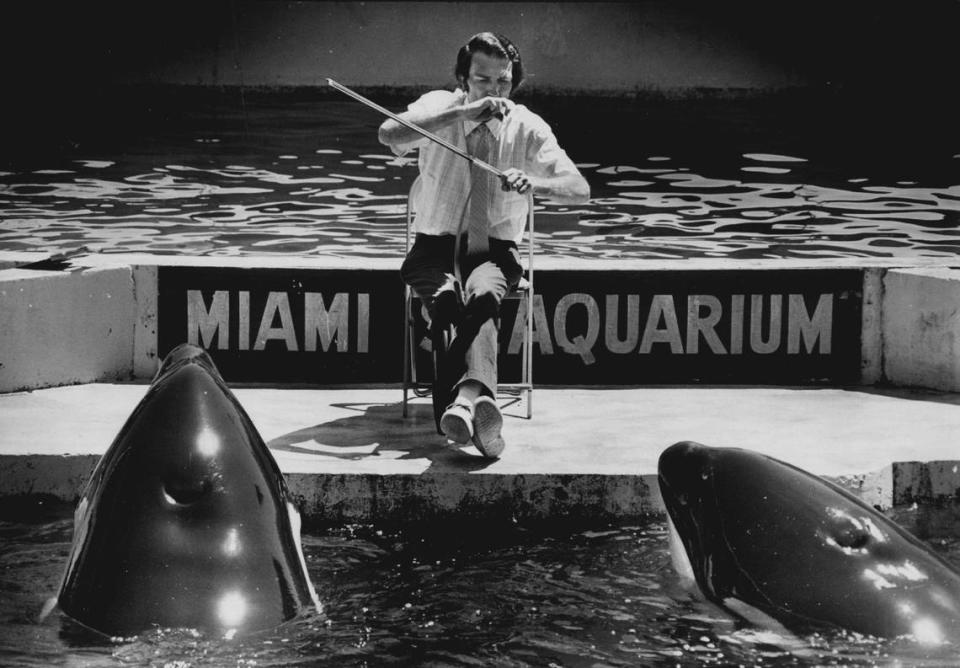
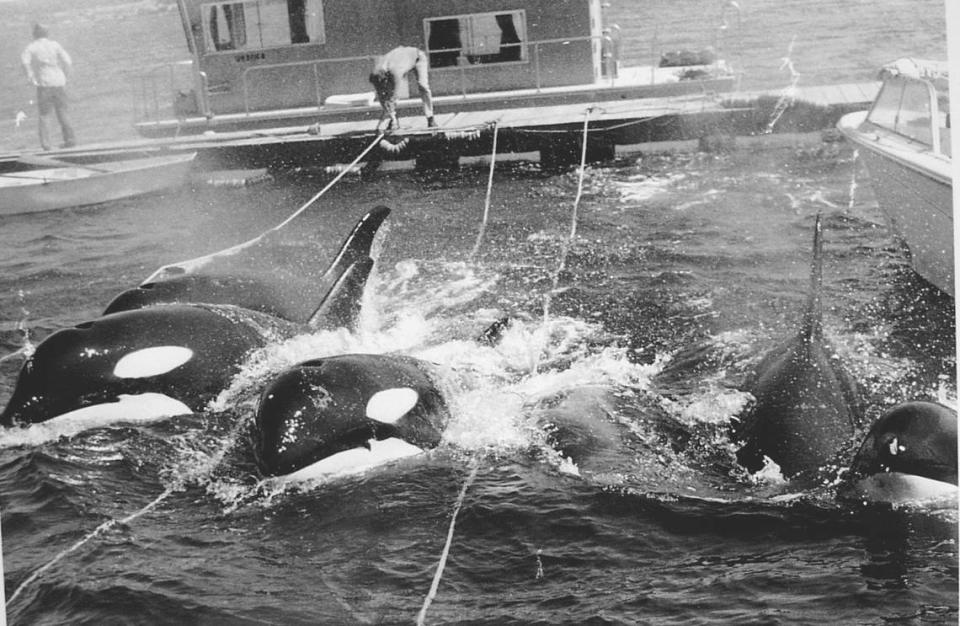
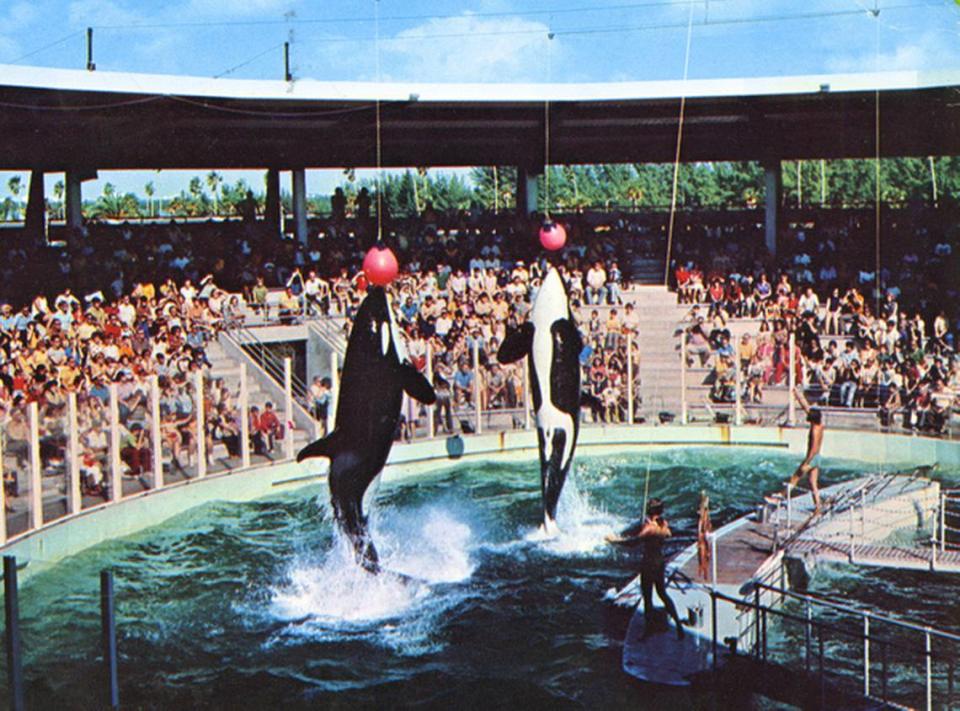
Capture: Lolita was captured in Puget Sound in Washington state in 1970 and brought to the Miami Seaquarium, where she began performing.
Partner: When she arrived in Miami, she began performing with the Seaquarium’s star attraction at the time, Hugo the killer whale. They performed together for 10 years. Hugo died in 1980 of a brain aneurysm.
Tale of the tape
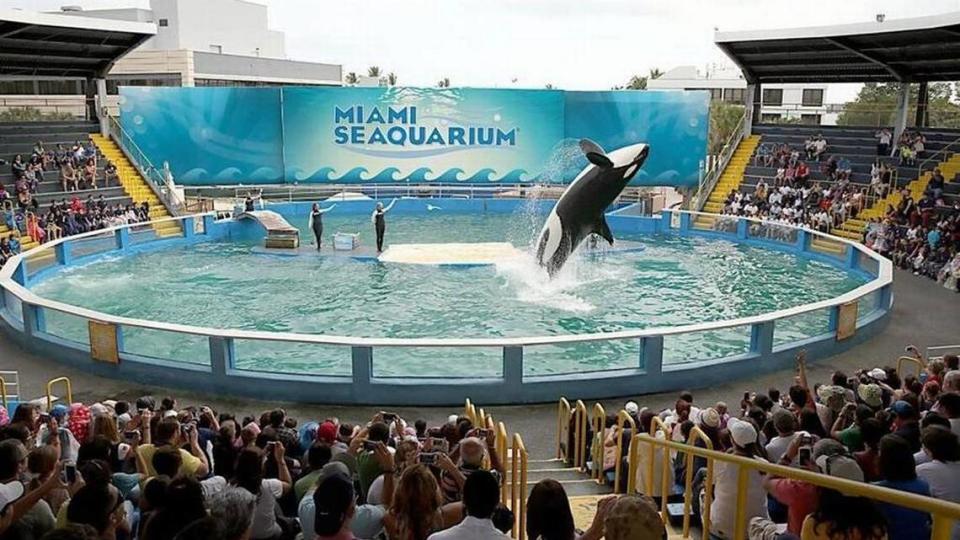
Measurements and age: Lolita is 57 years old, 20 feet long and 7,000 pounds. She has been living in a 20-foot-deep tank.
Name: Her stage name is Lolita. Trainers call her Tokitae or Toki.
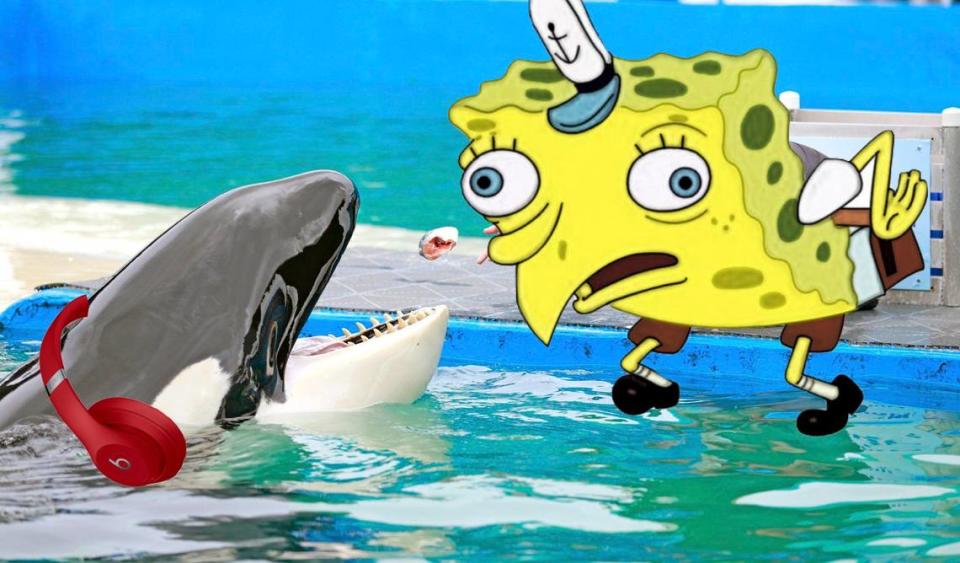
Investigation
Her tank size and conditions have been an issue for years, and Lolita has not been performing for several months after a USDA investigation and health issues.
‘Free Lolita’
Campaign: She was the focus of a “Free Lolita” campaign, even before the movies “Blackfish” and “Free Willy” intensified the effort, and has been in the spotlight at PETA-led protests in front of the attraction.
Killer whales or whale killers?
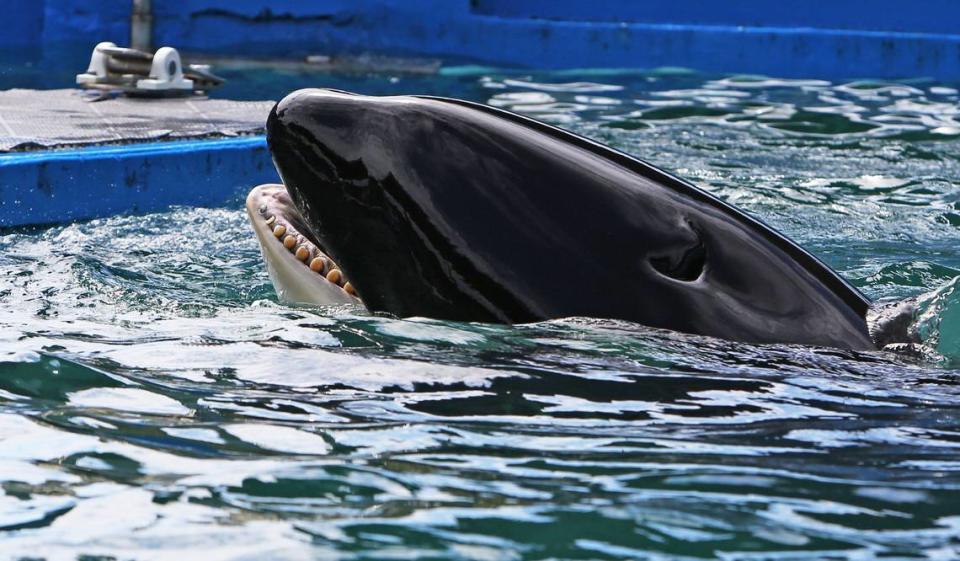
Dolphin family: Killer whales like Lolita are orcas, members of the dolphin family. In a reversal of their nickname, they can be whale killers. A study has found they kill and eat blue whales in the wild.

